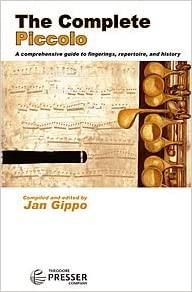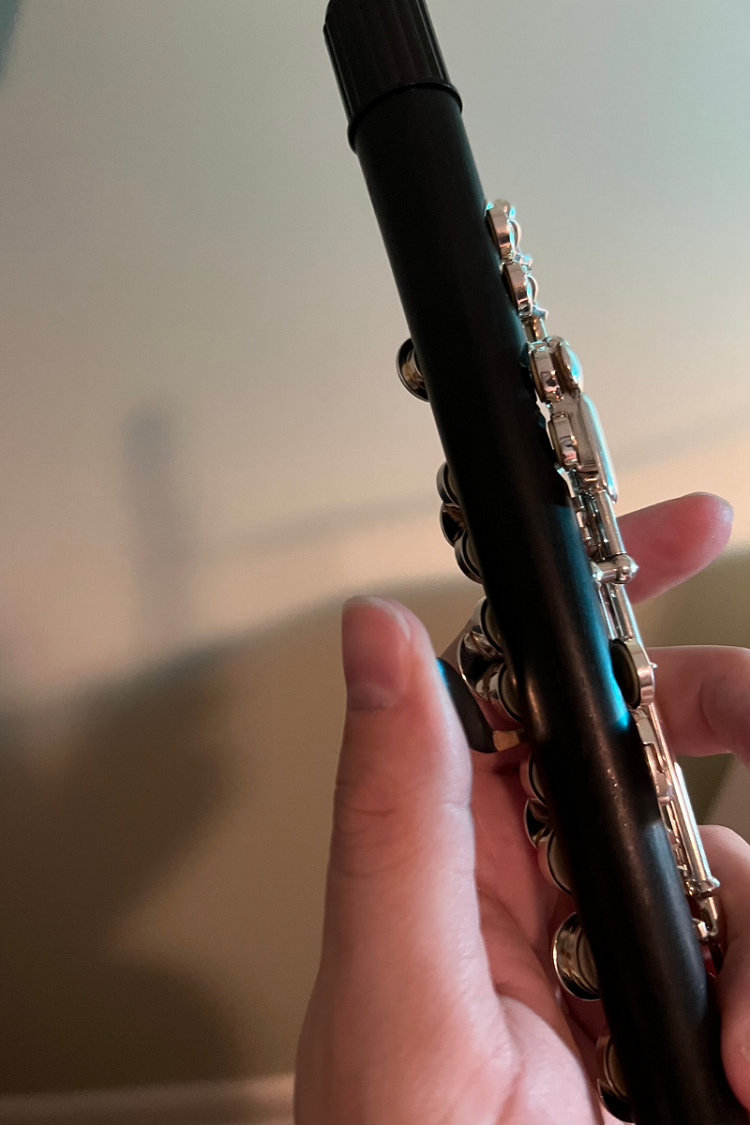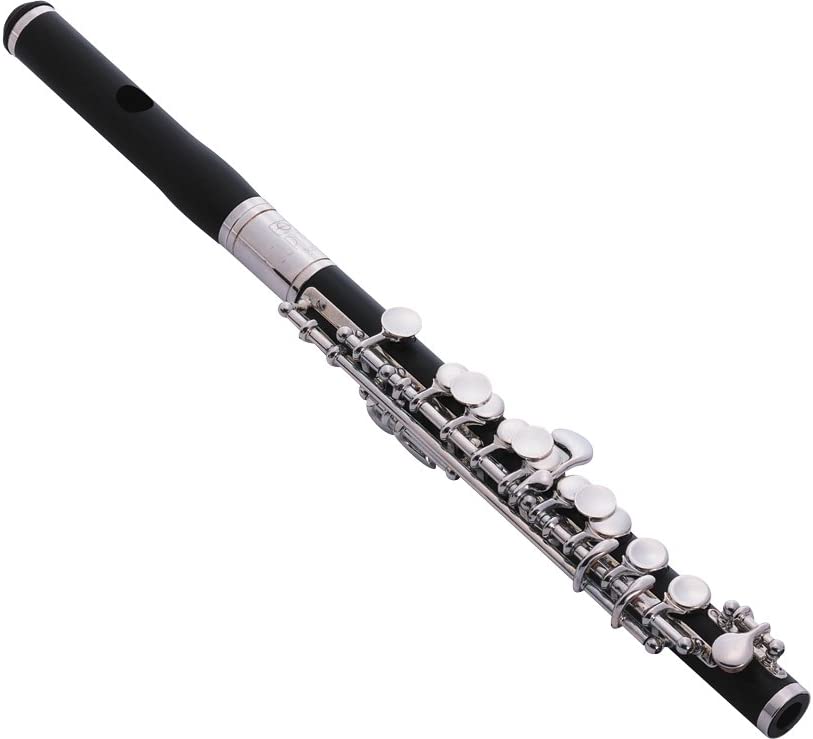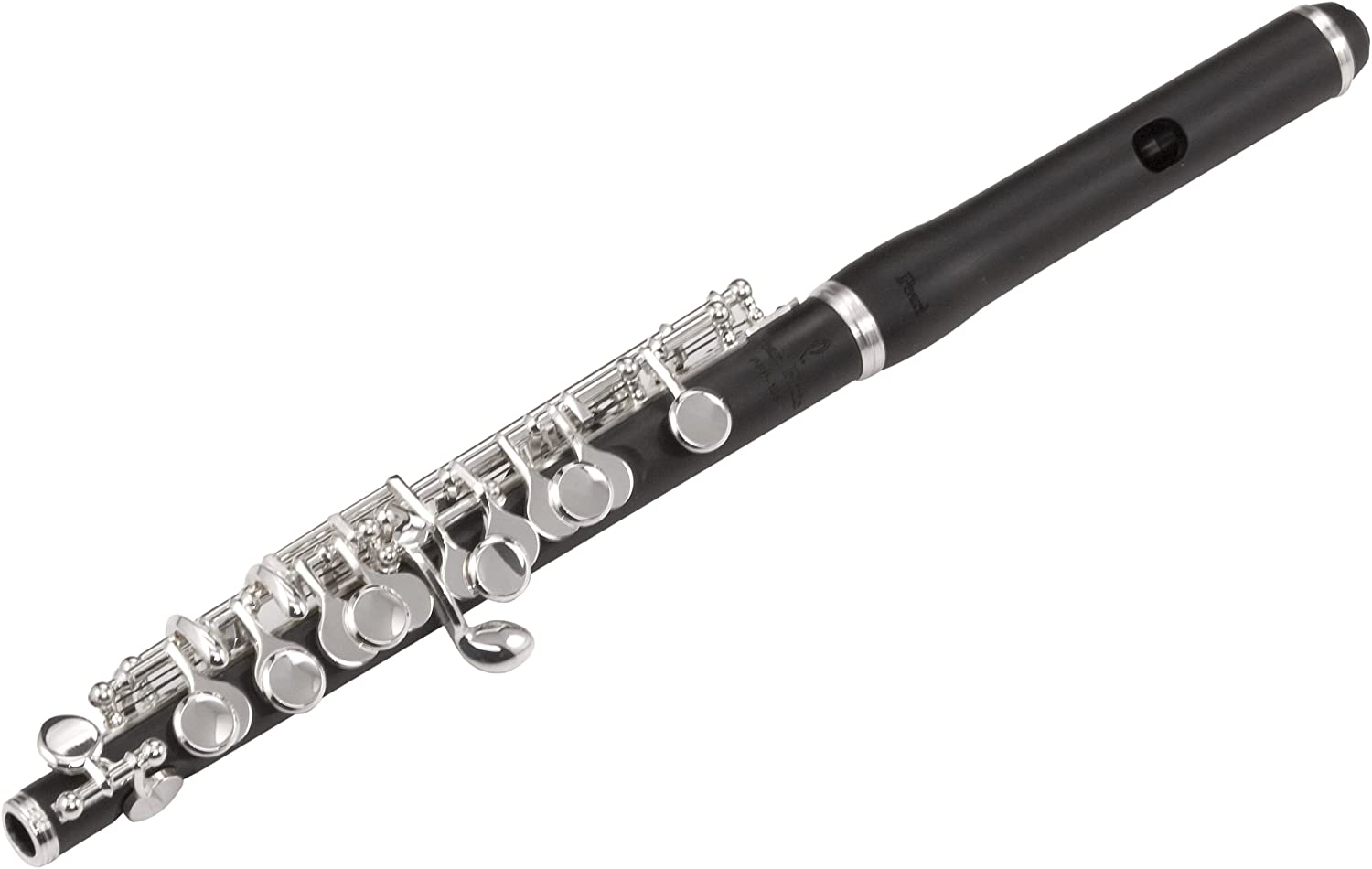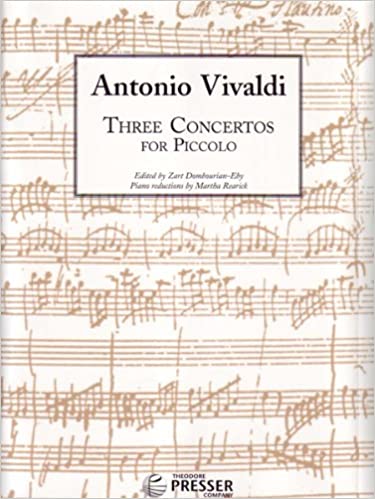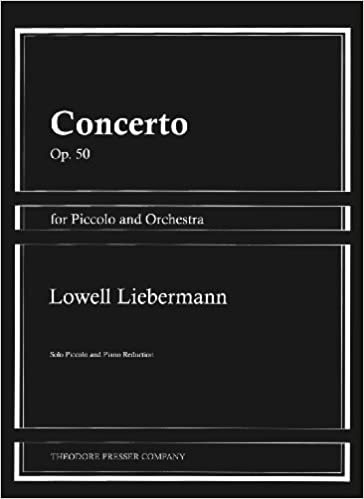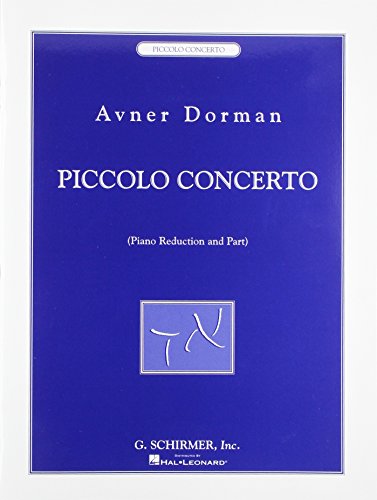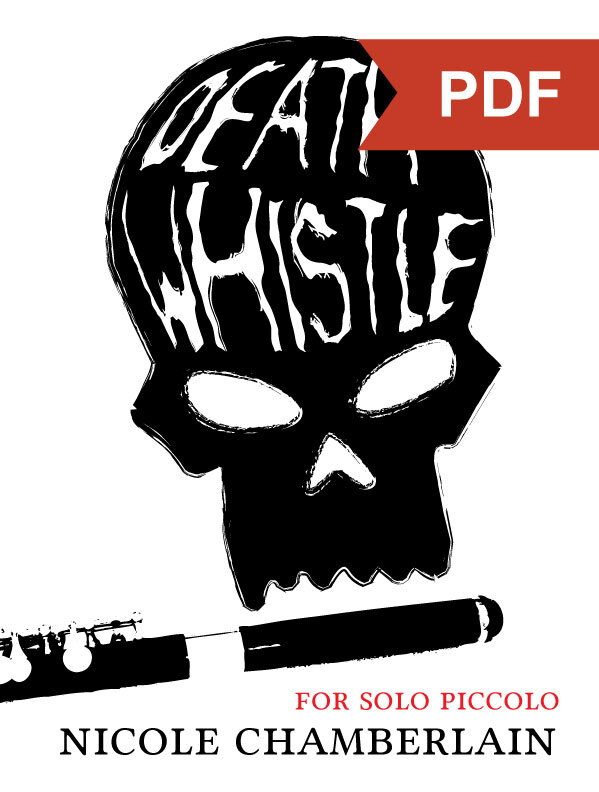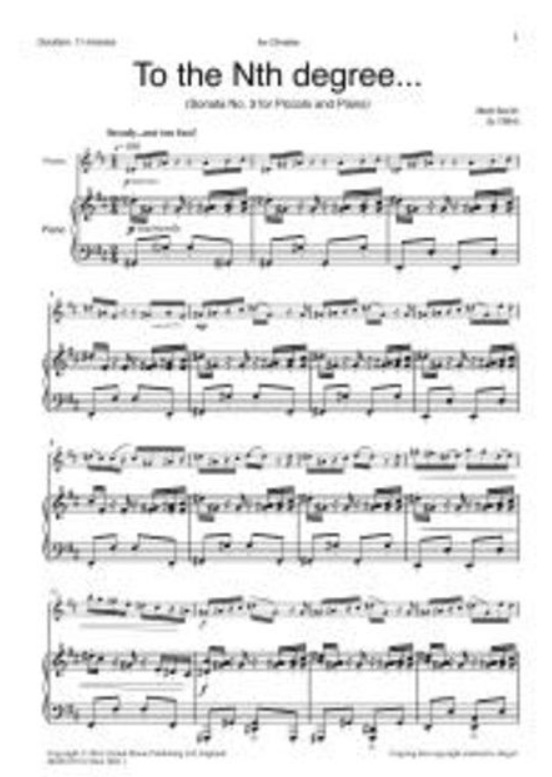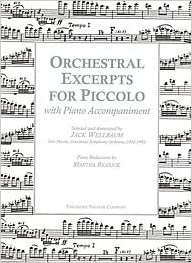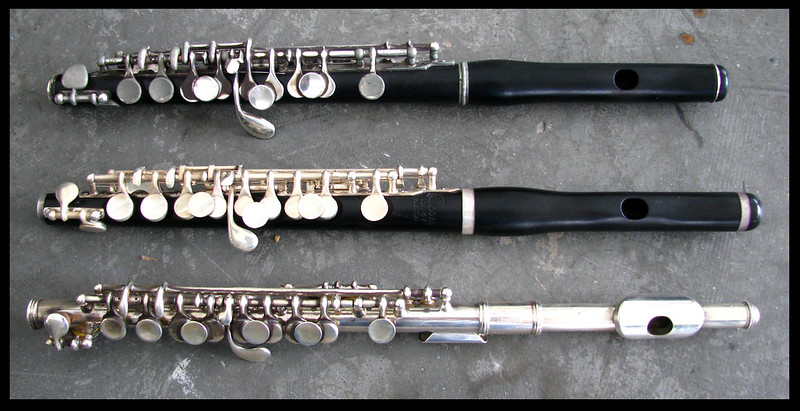- Top Trumpet Embouchure Techniques: Options for Beginners Through Professionals - October 12, 2022
- Is the Trumpet Hard to Learn? - September 30, 2022
- Best Leblanc Clarinet Models Guide: From Soprano to Contrabass - September 5, 2022
When I needed some extra elective credits in college, I knew I wanted to do an independent study on the piccolo. I got to do a research project that acted as a history and types of piccolos guide.
That project has helped me become the piccolo player that I am today. It also helped me grow my passion for the small flute, so reading through a guide may help you do the same.
Bottom Line Up Front: The piccolo has a long history, and there are more piccolo types than you know. I love using my wood piccolo in C to play music by Vivaldi, Chamberlain, and everyone in between.
History of the Piccolo
The piccolo has a much longer, detailed history than many people realize. I first learned about the history when I was in college and did a research project on the instrument.
When I first did my research, I bought The Complete Piccolo by Jan Gippo. The book contains a portion of Therese Wacher’s dissertation “The History of the Piccolo.”
Here’s a bit of what the dissertation covers and what you should know about the piccolo’s history.
Early Small Flutes
Like the regular flute, the piccolo has ancestors dating back to ancient civilizations, such as the Roman Empire and Greece. People have also found early flutes in China, Egypt, and other parts of the world.
These instruments range in size, and some are similar to the modern-day piccolo. Some of the discoveries are about eight inches long, which is about the size of a piccolo.
Development of the Fife
The Middle Ages brought us the early development of a fife. While many players still perform on the fife today (such as in a fife and drum corps), the fife is the piccolo’s most significant predecessor.
Early fifes had six holes with no keys, so players had to cover the keys exactly to change the pitch. It’s been a common instrument in military bands since its inception.
Fifers would use their instruments to signal other military members. They’d use calls to tell when the other side advanced or when to attack.
Small Baroque Flutes
The modern concert flute slowly started to take shape in the Baroque era, from about 1600 to 1750. This was the period when the piccolo started to develop separately from the fife.
However, we only have music to use to guess how the piccolo developed at this point. There are a few concertos by Antonio Vivaldi, but even those could have been for a recorder (sometimes called the flauto piccolo at that point).
One book exists that focuses on the history of the piccolo at this time. Lenz Meierott, the author, seeks to differentiate the piccolo from the recorder and other small flutes.
Piccolos with Multiple Keys
If you know much about the development of the flute, the piccolo took a similar path in the 18th and 19th centuries. The biggest difference was that the piccolo was always a bit behind the flute.
Some musicologists believe Johann George Tromlitz was the first to create a piccolo with multiple keys. Unfortunately, we don’t have concrete proof of this, so it’s merely speculation.
However, we do have evidence of piccolos with footjoints and ranges down to a written middle C. Most piccolos today only go down to the D above that.
The Boehm Piccolo
Theobald Boehm developed the modern metal concert flute, and he did so in the early 1800s. Flute makers from France started using the system for piccolo around the 1830s.
While we don’t have any piccolos from that era, there are a few piccolos that Boehm made. He made the surviving piccolos between 1850 and 1879.
J. Mollenhauer later experimented with the design of the piccolo to see if he could make a cylindrical bore work. Flutes had that bore by that time, but a conical bore worked much better on the smaller flute.
The Piccolo in the Orchestra
Some scholars believe Handel was the first to use the piccolo in an orchestral setting in his opera Rinaldo from 1711. The key was G major, which was a common key for the transverse flute.
Handel also wrote the part for flauto piccolo, so it’s possible he called for a recorder. However, recorders were more commonly used for flat keys, whereas G major is a sharp key.
J.S. Bach also used the piccolo in one of his cantatas, and Jean-Philippe Rameau used it in an opera. Mozart and Gluck also used the piccolo in their operas as did Rossini.
Beethoven was the first to use the piccolo in a symphony, and I got to play that excerpt a few years ago. The piccolo plays in the last movement of Symphony 5.
The Modern Era
The piccolo continues to be a significant part of the orchestra, from symphonies to concertos. I’ve played the piccolo in three different university and community orchestras, and there are a lot of piccolo parts out there.
However, the piccolo has also started to become a solo instrument. You can play a lot of solo music with or without accompaniment, and the repertoire has grown each year.
While most piccolos today still have conical bores and a low D, there are exceptions. The Nagahara Mini, for example, features a cylindrical bore and a low B.
Unfortunately, Nagahara piccolos are very expensive, so most of us can’t afford them. What’s worse is they weren’t that bad a few years ago (roughly $5,000), but now they cost close to $9k.
Types of Piccolos
The piccolo is already a pretty specific instrument, being part of the concert flute family. Most piccolos you find today are in the key of C, so they sound an octave above the written notes.
However, the Db piccolo sounds a semitone higher than the standard C piccolo. This instrument was popular around the turn of the century, and composers like Gustav Holst and John Phillip Sousa used it.
Unless you plan on focusing on that era of music though, you’ll only ever need a C piccolo. I’ve seen a few Db parts, and people have usually adapted them to work on the regular piccolo.
I don’t really know what the point of a Db piccolo was. My best guess is to make it easier to play in certain keys when it comes to fast pieces, like Stars and Stripes Forever by Sousa.
Piccolo Materials
The more significant way to categorize types of piccolos is based on their materials. I’ve played piccolos that use a variety of materials, and each type serves a different purpose.
Some piccolos are better for something like a marching band, while others fit in better in an orchestra. If you’re a serious piccolo player, you may have a collection of instruments that use various materials.
Here’s what you should know about the different types of piccolos.
Metal
While they aren’t super common, you can find all-metal piccolos that use solid silver or silver plating over nickel. My first piccolo was an Armstrong 204, and it’s all silver-plated.
You can find some more advanced metal piccolos that use solid silver, but they will cost more. Some brands to consider include Armstrong, Jupiter, Gemeinhardt, and Haynes.
These piccolos usually have cylindrical bores like regular flutes. That makes the tuning a bit different from the majority of other piccolos you may encounter.
I think a metal piccolo is perfect for marching band, and that’s where I primarily used mine. However, they aren’t as easy to use when trying to blend with other instruments in an orchestra.
Plastic
Another common material among student piccolos is plastic, usually ABS resin. This is the same material that many student clarinets or oboes use since it’s pretty durable.
I played on an Armstrong 308 during college for a while, and it sounded good. The plastic is a bit warmer than metal, so you can use it in a variety of ensembles or as a soloist.
Companies that make plastic piccolos include Armstrong, Gemeinhardt, and Jupiter. I like that the plastic is a bit thicker than metal, so the instrument isn’t as skinny, and you don’t need the piccolo to have a hand rest.
Plastic piccolos can also be a bit more affordable than metal ones. That makes them a nice choice if you’re on a budget but want a good instrument.
Composite
Composite piccolos combine plastic with wood (usually grenadilla) to give you the best of both worlds. You get the warmth and response of wood but the stability of plastic.
My Pearl 105 is a great example of a composite piccolo, but Pearl calls the material grenaditte. Either way, the material makes the piccolo a nice choice for marching band, orchestra, and anything else.
Compared to straight-up plastic models, composite piccolos are a bit more expensive. However, they’re a fantastic option for students or casual players who don’t want to get a wood model.
I may be a bit biased, but I’d recommend the Pearl 105 for sure. It sounds similar to wood models, and people might not even know you aren’t playing a wood piccolo.
Wood
Speaking of wood, a lot of piccolos you’ll find today use wood as the main material. Grenadilla (African blackwood) is the most common wood that piccolo makers use.
However, you can find some piccolos that use cocus wood, olivewood, or other materials. The different woods offer more unique tone colors, and you can buy headjoints in different woods to mix up your sound.
My biggest piece of advice, though, is to be careful. Wood can crack if you take the piccolo from a really cold room to a hot room or if the humidity fluctuates.
Still, I love the sound and response I can get on my wood Hammig 650/3 and would recommend it to anyone. It’s such a nice instrument, and I love how it sounds as part of a full orchestra.
Combination
Some piccolos use a combination of different materials, and this is separate from composite piccolos. I’m talking about piccolos that have a metal headjoint and a plastic or wood body.
I recently got a Mendini piccolo, which is better than I expected it to be. It’s a cheaper model, so it won’t compare to some others, but it’s a good budget-friendly pick.
I like that this combination gives you the lip plate on the metal headjoint, but it doesn’t sound super shrill. Other brands to consider with this combination of materials include Yamaha, Gemeinhardt, and Jupiter.
This setup is a pretty common choice for students, but other players can use it as well. These piccolos are usually affordable, so you can get one that suits your budget.
While the Mendini is great if you have a small budget, I’d recommend the Yamaha YPC-32 if you can afford it. It’s a more popular model and is of better quality so will last longer.
Best Piccolos by Material
Even if you know which material is best for you, you’ll still have to decide on the right model. I chose models from reputable brands and at varying price points to include.
Here’s what you should know about the different piccolos to try.
Metal: Armstrong 204
If you want a metal piccolo, I’d recommend the Armstrong 204. It’s affordable, especially if you can find a used one, and it’s durable for use in a marching band or a regular band.
When I first started the piccolo, it was nice to have a lip plate and a finger rest for my left hand. The piccolo projected well, which was super helpful in college marching band.
Sadly, it’s a pretty basic piccolo, so you miss out on specs like the split E mechanism. It also has an inline G, so your left ring finger has to reach farther to close the key completely.
The piccolo is pretty expensive if you buy it new, but it’s pretty easy to find a used one. When I got mine, it cost about a third of the new price, and it was in good condition.
Pros
- Good for beginners
- Projects well
- Nice sound
- Has a finger rest
Cons
- Mediocre intonation
- Doesn’t blend well
Plastic: Jupiter JPC1010
If you want all plastic, I’d recommend trying the Jupiter JPC1010 because it’s easy to find new. It’s also easy to play, and it doesn’t have a cork on the tenon that you have to keep from drying out.
Many plastic piccolos have a cork that requires cork grease. But you can slide the metal tenon in and out just like you would on a flute, which is great if you hardly expect to play the piccolo.
Like many models, this one has a split E mechanism to help you play high notes. It’s also pretty affordable, especially when it comes to plastic instruments.
I haven’t played this piccolo specifically, but I love the response you can get. If you’re a woodwind doubler and need a low-maintenance instrument, this one’s for you.
Pros
- Easy to play
- Low maintenance
- No tenon cork
- Split E mechanism
- Easy to play
Cons
- Not for serious players
Composite: Pearl 105
A composite piccolo is similar to plastic, but it offers some benefits of wood. If you want that, I’d highly recommend trying the Pearl 105.
This model features a split E mechanism to help you play that high note. I also love that you can choose a traditional or wave headjoint, and I went with the wave since I tend to use a lot of air when playing.
Another great feature is that the piccolo has offset G, E, and D keys. That makes the instrument more comfortable to play if you have average-sized or larger hands.
It’s also comfortable for people with smaller hands. And you get a case with a spot for two headjoints, so you can get a wood headjoint to make the instrument sound even better.
Pros
- Good tone
- Easy to play
- Ergonomic design
- Nice intonation
Cons
- Somewhat expensive
- Thin tone in the low register
Wood: Hammig 650/3
After trying about half a dozen wood models, I settled on the Hammig 650/3. It’s a professional instrument that’s handmade, and it uses grenadilla wood.
The mechanism is silver plated, which helps keep the piccolo from being too expensive. Compared to other models in its range, it’s one of the most affordable.
It features a split E mechanism and a high G# mechanism. Those specs help make the high E and G#/Ab easier to play in tune and without using alternate fingerings.
You also get to choose a traditional, wave, or thin wave headjoint. That way, you can get the response you want, and you can test all three cuts to see which suits you.
Pros
- Great specs
- Easy to play
- Handmade
- Nice response
- Multiple headjoint cuts
Cons
- Expensive
- Not for beginners
Combination: Yamaha YPC-32
The Yamaha YPC-32 is by far the best model if you want a combination of metal and plastic. It’s a popular choice among students because it’s versatile and durable.
Many of my friends used this model for marching band in college. You can get a good sound outside and help project the sound over the rest of the band.
But it’s also useful for playing in a wind ensemble or on your own since it’s not too shrill. However, it is a bit more expensive than other models with the same specs.
I’d recommend borrowing one through school or finding one to rent. Then, you can make sure it’s the right piccolo for you before you commit to purchasing it.
Pros
- Good tone
- Easy to play
- Versatile
- Perfect for students
Cons
- Somewhat expensive
Piccolo Solo Repertoire
When studying the history and types of piccolos, you should consider the repertoire. I love a lot of the solo piccolo pieces that I’ve played or at least read through.
Sure, you can play some of your flute pieces on your piccolo, and I’ve done that, too. However, you may have to deal with dropping a lot of low Cs if your piccolo doesn’t have that note.
Playing music for the piccolo means you can play music just for the instrument. You don’t have to make adjustments.
Here are some of my favorite piccolo pieces with or without accompaniment.
Vivaldi Concertos
Some of the biggest solos for the piccolo are the Three Concertos for Piccolo by Vivaldi. As I mentioned, it’s unclear if the composer wrote these pieces for the piccolo, but flute and piccolo players have claimed them.
I learned the Concerto in C Major RV 443 when I was in college and played it on my junior recital. During my master’s in flute, I learned the other Concerto in C Major RV 444.
The third concerto is in A minor, and I’ve read through it and enjoyed it. All three pieces are a big part of the piccolo repertoire, and the Concerto in C Major RV 443 is the most significant.
It’s usually an audition requirement, especially for orchestras. You can also find it on the repertoire list for many different piccolo competitions.
Liebermann Concerto
It only took 270 years or so for another piccolo concerto to come out. The Liebermann Concerto is another massive part of the piccolo repertoire.
If you don’t have to play one of the Vivaldi concertos for an audition or competition, you’ll probably have to play this piece. I haven’t played it, but I have read through it, and it takes work to learn.
However, when you can learn the piece well, it sounds great. He’s also written a flute concerto, so if you like that piece, you’ll probably like this piccolo work and vice versa.
Loeb Six Preludes
Six Preludes Volume I, Studies on East Asian Pipes, by David Loeb is a great unaccompanied work. The composer bases each prelude off of a specific flute from East Asia.
I played this piece during my first year of graduate school, and it was super fun to play. Now, it can be hard for some players because a few of the preludes don’t have any measure lines, so you have to figure out the phrasing.
However, it sounds really cool when you can play it. I included it on my first recital, and it was a great addition to my program, and it’s a nice choice for many players, especially those without access to a pianist.
Dorman Piccolo Concerto
Another piccolo piece I learned in grad school was the Piccolo Concerto by Avner Dorman. I love the different styles the composer uses, from Baroque and classical to popular music to ethnic music.
Each movement uses a different style, and the piece sounds really cool with an orchestra. However, it can also sound great with a piano reduction, and that’s how I performed it.
The piccolo fits in well with the orchestra but also stands out as a soloist. If you learn this piece, give yourself plenty of time to practice it because some of the rhythms are difficult to get under your fingers.
Chamberlain Death Whistle
One of my favorite things about a lot of modern piccolo music is that there are flute players composing these works. An example of this is Death Whistle by Nicole Chamberlain.
This was another piece I learned during graduate school, and it was super fun. Each movement has a clever name, including Ear Knife, Ballistophobia, and #PiccolOhMyGod.
And each movement represents its name very well, with the first movement using the high register a lot. The second movement uses extended techniques to represent gun sounds (ballistophobia is the fear of guns). And the third movement is just crazy.
Dorff Tweet for Solo Piccolo
If you like to emulate the sounds of a bird, you may like Dorff Tweet for Solo Piccolo. The piece has a lot of quick grace notes that use different arpeggios.
That means you need to have a handle on your scales and technique to make learning the piece easier. But there are some more lyrical passages to give you a break.
But since it’s a solo piece, you don’t have a pianist to keep playing during a rest. You have to play the entire piece without stopping.
Harberg Hall of Ghosts
Amanda Harberg wrote Hall of Ghosts near the beginning of the COVID-19 pandemic lockdowns. She wrote the piece in honor of the then-empty concert halls.
I haven’t performed this piece, but I have read through it a few times. It has both lyrical and technical passages, and you can use the composer’s intent to help showcase how an empty hall may sound.
This is yet another unaccompanied piece, so you don’t need to know a pianist. It’s also nice because you can play it anywhere without having to worry about if you can have a piano around.
Smith Sonatas
Matt Smith is a British composer, and he’s written multiple sonatas for the piccolo. His Sonata No. 3 “To the Nth Degree…” is probably the most well-known, and it’s also a bit difficult.
My master’s flute professor’s husband commissioned the work as a present for her. She gave me a copy as a gift after my first graduate recital, but I have yet to learn it.
Still, I’ve looked at the music and can tell it will take work but can be worth it. Smith explains that the piece is a showpiece, so you’ll need to play it with an advanced piano player.
Piccolo Orchestral Excerpts
If you’re going to play the piccolo a lot, you’ll most likely need to play it in an orchestra. That means you should know about some of the biggest orchestral excerpts.
I recommend getting a copy of Orchestral Excerpts for Piccolo, edited by Jack Wellbaum. This book contains most of the big piccolo solos from various orchestra pieces.
Be sure to learn all of the excerpts in the book eventually. Even if you don’t get the book, you should learn some of the following excerpts.
Bartok Romanian Folk Dances
Bartok wrote a collection of Romanian Folk Dances for orchestra, and the piccolo player switches to the flute. However, the big piccolo solo happens in the movement Pe Loc (In One Spot).
The piccolo plays the solo while the strings play the accompaniment. This movement stays fairly quiet for most of it, but it does have a few louder sections.
While I haven’t played this piece with an orchestra, I have played it with a flute choir arrangement. The solo took a bit of work to polish, but it was super fun.
Beethoven Symphony 5
I mentioned that Beethoven was the first to use the piccolo in his Symphony 5. This is that famous symphony with that beginning that even non-musicians know.
However, the piccolo only plays during the last movement. When it does come in, it plays with the full orchestra but has a bit of a solo part of the way through.
I got to play this with a community orchestra in my city, and it was super fun. During the three earlier movements, I got to enjoy the music before playing my part.
If you like Beethoven symphonies, Symphony 9 also has a big piccolo part that you should consider learning.
Ravel Ma Mère L’Oye (Mother Goose)
Another big piece that features the piccolo is Ravel’s Ma Mère L’Oye (Mother Goose). This piece is a suite, and the piccolo has a solo in the first and third movements.
The first solo is shorter and is a very lyrical passage. Meanwhile, the other solo is a bit more technical, but you have to play it as if it’s not technical.
Now, that can be hard with all of the 16th notes and the fact that it’s in F# major. I got to play a flute choir arrangement of this solo, and it was difficult at first, so you have to practice it slowly.
Rossini Overtures
Gioacchino Rossini was a famous Italian composer who wrote multiple operas. In most of his works, he included the piccolo, and the overtures feature some great piccolo solos.
I’ve learned the excerpts from the overtures to La Gazza Ladra and Semiramide. In the summer of 2021, I got to play the overture to the Barber of Seville with an orchestra.
That excerpt isn’t in this book, but it’s still worth learning. It’s a very famous piece, and you get to play with the violins, woodwinds, and other instruments.
Shostakovich Symphonies
Shostakovich is another composer that wrote a lot of amazing piccolo solos. However, he wrote these solos in his symphonies, such as 5, 6, 8, 9, and 10.
While I haven’t played any of his symphonies, I have read through some of the excerpts. I have performed the piccolo part for the first movement of Shostakovich’s Piano Concerto 2.
That piece isn’t in the orchestral excerpt book, but it has a similar feel. The piccolo goes very high, and you need a lot of control to make the part sound good.
Sousa Stars and Stripes Forever
I can’t list out piccolo orchestral excerpts without including Stars and Stripes Forever by Sousa. This piece has both an orchestra and a band version, but they’re in different keys.
The orchestra piccolo solo is in G major, whereas the band piccolo solo is in Ab major. That’s where having a Db piccolo can come in handy because you can learn the solo in G and use your Db piccolo with a band.
You won’t have to learn two versions of the same piece. I learned the orchestra version first and struggled to play the band solo when my college wind ensemble recorded a Sousa medley.
So if you don’t see yourself getting a Db piccolo, learn both keys at the same time. Then, you won’t struggle to learn one after mastering the other.
Stravinsky Firebird Suite
One of the most difficult piccolo excerpts probably comes from Stravinsky’s Firebird Suite. This piece has major excerpts for the flute as well, and both instruments play back and forth.
You have to be able to stay in time and not slow down or speed up. Otherwise, you could get off, and it can be almost impossible to get back on track.
If you can learn the excerpt well, you may be able to enjoy playing the piece. Still, it will take work, and you’ll need to use some good practice strategies.
Tchaikovsky Symphony 4
Another massive excerpt for piccolo players is a solo from Tchaikovsky Symphony 4. A lot of things make this a difficult, piece, one of which is the high, fast solo.
However, this solo appears in the third movement, and it’s the piccolo’s first entrance. That means you have to sit there without warming up for half of the piece.
You need to have a good handle on your piccolo to know what you need to do to sound good when playing cold. However, I’ve heard that you can play along with the second flute (an octave down) during a full orchestra passage to help warm up.
That way, you can figure out if you’re in tune, so you can sound better for your big solo.
FAQs about the History and Types of Piccolos Guide
Answer: The sounding range of the piccolo starts at the D just over an octave above middle C (D5). It goes up to a C almost three octaves higher (C8). Everything is written an octave lower (D4 to C7).
Answer: The flute and piccolo share a lot of their history. One big difference is that the flute has always been a step or two ahead of the piccolo when it comes to instrument development.
Piccolos have only recently started to use cylindrical bores, whereas those have been common on flutes for over a century.
Answer: You don’t need to play the flute to play the piccolo, but it really helps. For one, the flute is a lot easier and more forgiving to beginners who make mistakes.
Also, you’ll have more opportunities to play the flute than the piccolo. Ensembles may have multiple flutes but rarely have more than one piccolo player.
Answer: I think the piccolo is fun to play, but I’ve played it for about eight years now so may be a little biased. However, I realize that not every flute player enjoys the piccolo.
If you get a good piccolo and take some lessons, you can enjoy playing the piccolo more. Then, as you get better, playing can become even more fun.
Final Note on the History and Types of Piccolos Guide
The piccolo has been around longer than you may have thought, and it comes in different forms. Be sure to compare your options so that you can learn the repertoire and enjoy playing.
I may love the piccolo, but I know it requires a good instrument to kickstart that passion. Then, you can learn more about the piccolo’s history.
For more interesting readings check out:

